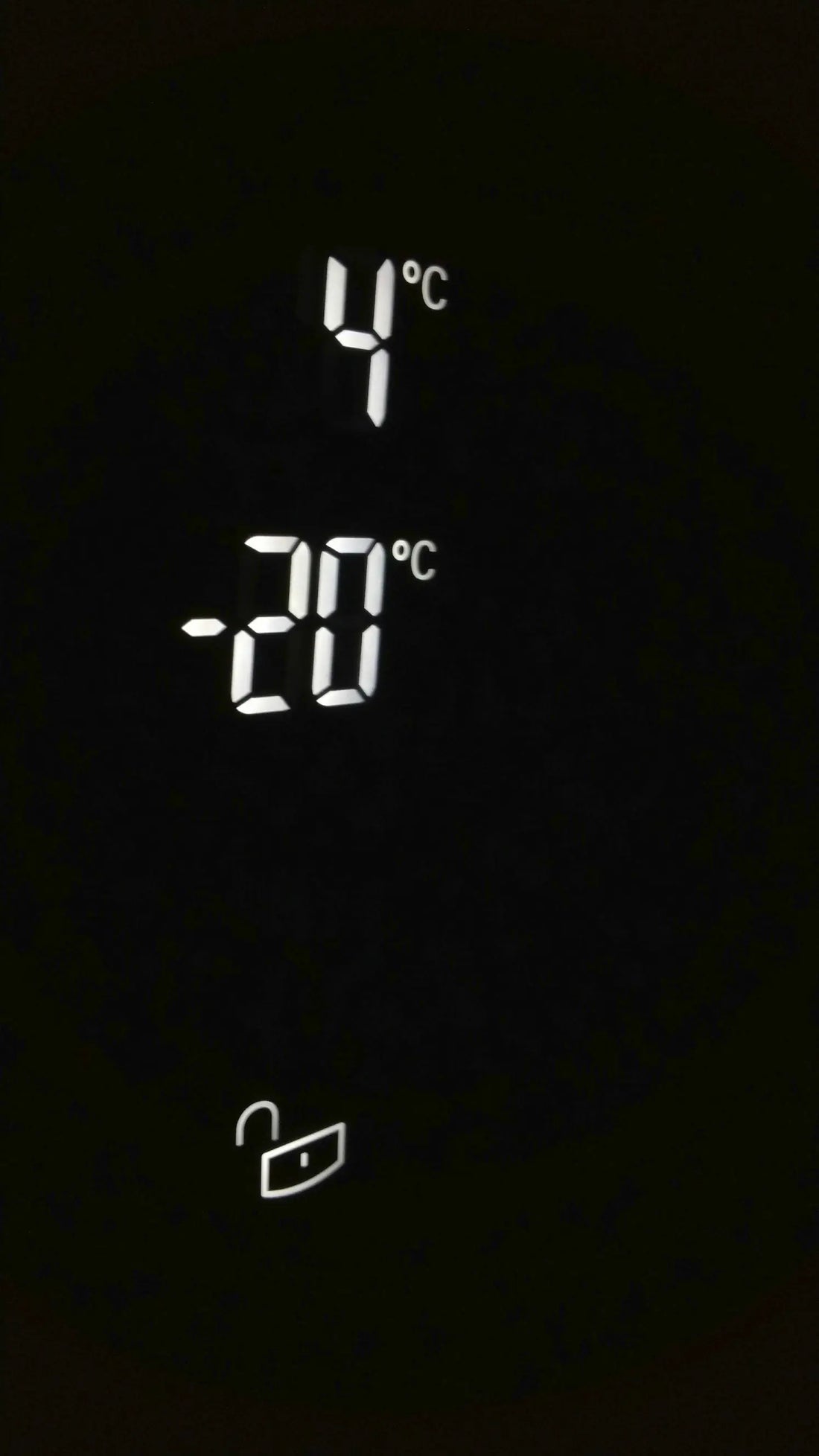
Sleep Temperature Guide: How Body Temperature Changes at Night and Why It Matters
Ever wondered why you sometimes wake up sweating or shivering, and why sleep temperature matters? Understanding how the body shifts is essential for getting quality rest—especially if you live in a climate with extreme weather.
Expect to learn about the ideal sleeping temperature, ideal bedroom temperature, heat wave temperatures.
The Science of Sleep and Body Temperature

Your body isn’t just passively resting; it goes through intricate cycles, including notable changes. Learning about this natural temperature rhythm helps you optimize bedroom environment and nighttime habits for more restorative rest.
- Core body temperature is tightly linked with your circadian rhythm, the internal clock that regulates sleep and wakefulness.
- Temperature typically drops as you prepare to sleep and then rises before you wake up.
By knowing what your body is doing at each stage of the night, you can take steps to enhance the quality of your shut-eye.
How Body Temperature Changes Across the Sleep Cycle
As evening approaches, the body reacts to fading daylight by producing melatonin, a hormone that signals it’s time for rest. Melatonin also tells the body to start cooling down, prepping you for deep sleep.
- Evening: Your temperature begins to fall about one to two hours before bedtime.
- Night: It reaches its lowest point around 2 to 4 a.m.
- Morning: Before waking, your temperature rises to help you feel alert.
Why Does Your Body Cool Down?

The body cools down as part of its natural circadian rhythm, which is the internal 24-hour cycle that regulates the sleep-wake pattern. This drop is a key physiological change that helps initiate and maintain sleep. The process of the body cooling down is called thermoregulation.
This cool down isn’t incidental—lower temperatures help initiate and maintain sleep. Here’s why:
- Reduced core temperature signals the body to conserve energy.
- Lower thermoregulation makes you drowsy and supports restorative processes.
- Cooling down helps synchronize other hormonal and physiological changes crucial for sleep quality.
Does Temperature Rise?
Despite the general downward trend, we aren't cold all night:
- During REM sleep (the dreaming stage), your brain’s temperature control relaxes even more.
- In this stage, your body becomes less responsive to room temperature, increasing the chance of waking if the room is too hot or cold.
- Approaching morning, the natural temperature rise gently nudges you awake, making morning alertness feel gradual and smooth.
Environmental Influences
Bedroom climate plays a massive role in sleep quality, especially if outside temperatures swing widely. Following a guide isn’t just about personal comfort; it’s about supporting your body’s natural rhythms.
Hot Climates: Risks and Solutions

Sleeping in a hot environment presents unique challenges:
- Excess heat can prevent your body from cooling adequately, leading to lighter, more disrupted sleep.
- Heat increases the chance you’ll wake up sweaty or have trouble falling into deep sleep.
- Prolonged exposure to high temperatures can trigger more awakenings and reduce the time spent in refreshing REM and slow-wave sleep.
Tips for Hot Climates (also see our dedicated Heat Wave blog):
- Use breathable bedding made from natural fibers like cotton or linen.
- Set your room’s temperature between 60–67°F (16–19°C) if possible, aligning with the temperature guide’s ideal range.
- Take a warm (not hot) shower before bed—this helps with heat dissipation as your skin cools rapidly after stepping out.
- Try to block sunlight during the day to prevent your bedroom from becoming an oven by nightfall.
Cold Climates: Staying Warm Without Overheating
While cold bedrooms generally help your body maintain its natural temperature drop, going too cold brings its own issues:
- Excessive cold can make it uncomfortable to fall asleep, and you may wake shivering.
- Attempting to “bundle up” with heavy blankets might result in overheating, causing you to wake abruptly.
- Cold feet, in particular, are known to delay sleep onset because your body diverts blood away from the extremities to conserve core temperature.
Tips for Cold Climates:
- Choose layered bedding so you can adjust warmth through the night.
- Keep your room within the recommended sleep temperature guide range.
- Use warm socks if cold feet inhibit falling asleep.
- Opt for a heating pad or hot water bottle rather than heavy comforters to avoid overheating.
How Your Sleep Is Affected by Room Temperature

A comfortable environment goes beyond luxury—it’s essential for the duration and quality of your rest. Misaligning your bedroom climate with your body’s needs impacts several aspects of sleep.
Difficulty Falling or Staying Asleep
If your body can’t reach its optimal low temperature, or if it cools too much, these problems occur:
- Higher body temperature slows down the onset of sleep and reduces deep sleep stages.
- Lower than optimal temperatures may cause frequent awakenings or difficulty falling back asleep.
- Both extremes may worsen sleep issues for people with insomnia, children, or older adults.
Increased Night Sweats or Chills
Overly hot rooms can induce nighttime sweating, while very cold environments may cause shivering—even if you’re asleep. Neither state is restful and both disrupt natural cycles.
Impacts on REM
- High temperatures have been shown to reduce slow-wave (deep) sleep, crucial for muscle and cellular repair.
- REM sleep, responsible for memory consolidation, is also sensitive to overheating, resulting in more fragmented sleep.
Practical Steps: Crafting Your Guide
Understanding these cycles helps you curate the best possible sleep environment. Follow this personal guide for better rest:
- Set your thermostat between 60–67°F (16–19°C); adjust slightly based on personal preference.
- Use lightweight blankets in summer and breathable, insulated bedding in winter.
- Keep your mattress and pillows clean and well-ventilated to avoid trapping excess heat.
- Consider cooling mattress pads or heated blankets that allow you to adjust temperature as needed, such as Eight Sleep.
- Block ambient light and noise, as these can interact with temperature sensitivity to further disrupt rest.
Age, Gender, and Personal Differences
Not everyone’s perfect temperature is identical. Factors that affect your ideal setting include:
- Age: Older adults and infants are more sensitive to both heat and cold during sleep.
- Gender: Hormonal changes—such as those during menopause—can affect how warm or cool you feel at night.
- Medical conditions: Some illnesses or medications can alter your internal thermostat, making the sleep temperature guide even more essential.
Finding your sweet spot may take some experimentation. If your sleep isn’t refreshing, consider adjusting your nighttime environment gradually and track improvements.
Conclusion
Your body temperature is intricately linked to the quality of your rest. By aligning your sleep environment with natural patterns, as outlined in this guide, you empower yourself to sleep more soundly—regardless of the season or where you live. Adjust your habits tonight for a calmer, more restorative tomorrow.
